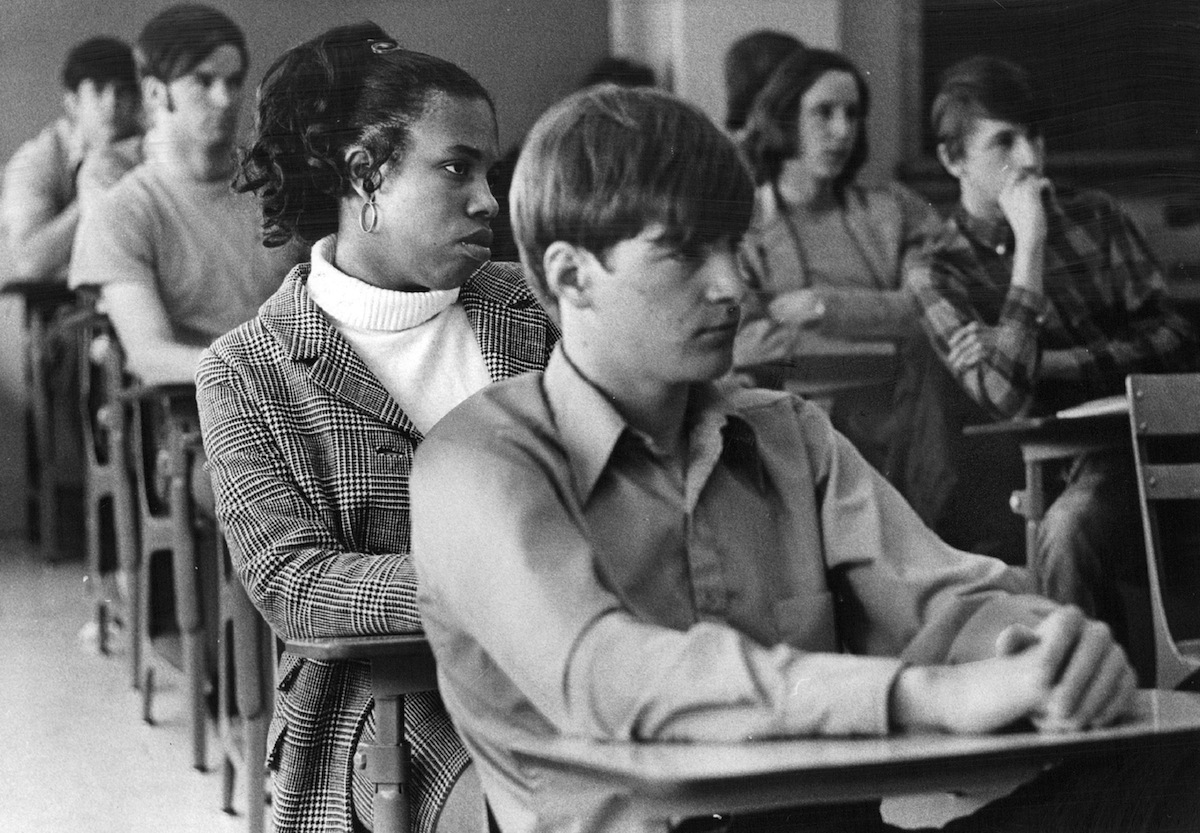
It was September of 1986 when U.S. Surgeon General C. Everett Koop announced that the country had to change course on sex education. By then, however, the change had already begun.
Whether and how sex should be taught in public schools wasn’t exactly a new topic of discussion but, even as many programs began to move away from the straightforward facts of biology in order to get into the real experience of young sexuality, some details remained taboo. Was it O.K. to acknowledge homosexuality? Was it O.K. to talk about sexual acts unrelated to reproduction? And how young was too young?
Those questions could have been debated indefinitely; the metaphor of a pendulum is often used to describe changing attitudes toward sexual mores and education. Until something came along that made those questions seem less important than ever: AIDS. In the 1980s, even before Koop spoke out, fear of the then-mysterious disease gave parents, educators, politicians and students a reason to put aside their sqeamishness — and thus changed the history of sex ed forever. Which was where Koop came in, as TIME reported in a 1986 cover story by John Leo:
“There is now no doubt,” said Surgeon General C. Everett Koop in his grim report on AIDS last month, “that we need sex education in schools and that it must include information on heterosexual and homosexual relationships.” With characteristic bluntness, Koop made it clear that he was talking about graphic instruction starting “at the lowest grade possible,” which he later identified as Grade 3. Because of the “deadly health hazard,” he said later, “we have to be as explicit as necessary to get the message across. You can’t talk of the dangers of snake poisoning and not mention snakes.”
A poll accompanying the story found that the longstanding figure that 80% of Americans were in favor of public-school sex ed was out of date; it had jumped to 86%. Harvey Fineberg of Harvard’s School of Public health told the magazine that sex ed had become “a matter of life and death” and, even though not everyone agreed on what exactly should be included in such a class, particularly the question of whether to focus on abstinence, it was getting hard to argue that the topic should be avoided completely. (The “death” part was the only thing that was actually new; sex ed has always been a matter of life.) A full 95% of respondents to the TIME survey answered that they thought that 12-year-olds should be taught about the dangers of AIDS — nearly 20 percentage points more than answered yes to the question of whether kids that age should be taught “how men and women have sexual intercourse.” As a result, formerly off-limits subjects like anal sex were introduced to classrooms around the country.
By the time the magazine revisited the topic in 1993, a whopping 47 states mandated some form of sex ed for students — versus a mere three in 1980 — and every single state supported education about AIDS.
During the ’90s, sex ed programs grew, the teen birth rate sank and teens began to have less sex overall. As of 2002, TIME reported that “a quarter of all new HIV cases today occur in those ages 21 and younger” — and, as of 2010, that figure hadn’t changed much, with the CDC reporting that 26% of new infections were in people between the ages of 13 and 24. But that doesn’t mean that nothing has changed. Instead of sex ed ending HIV infection among teenagers, treatment for AIDS became a reality and the syndrome stopped being the conversation-ender it once was, freeing parents and educators to go back to war over what should be taught when. Today, fewer than half as many states as did 20 years ago require that public-school students get sex ed in the classroom.
The pendulum, it appears, continues to swing.
Read more: Why Schools Can’t Teach Sex Ed in the Internet Age
More Must-Reads from TIME
- Why Biden Dropped Out
- Ukraine’s Plan to Survive Trump
- The Rise of a New Kind of Parenting Guru
- The Chaos and Commotion of the RNC in Photos
- Why We All Have a Stake in Twisters’ Success
- 8 Eating Habits That Actually Improve Your Sleep
- Welcome to the Noah Lyles Olympics
- Get Our Paris Olympics Newsletter in Your Inbox
Write to Lily Rothman at lily.rothman@time.com